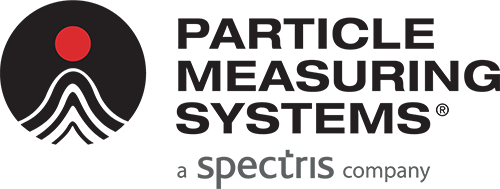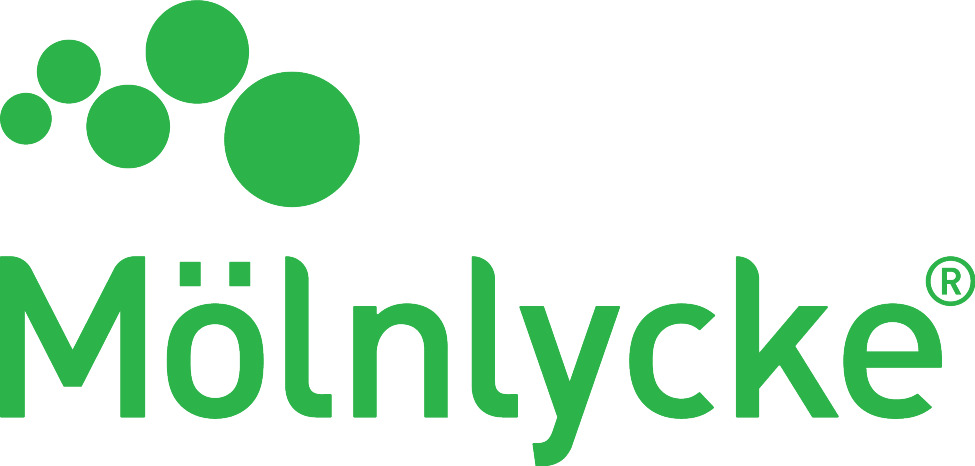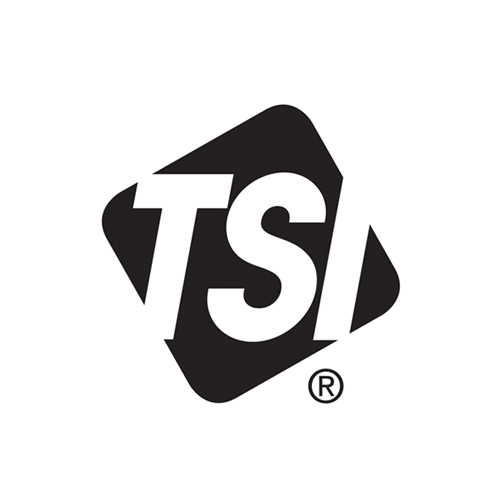The 2024 Cleanroom Technology event in the UK runs to help those involved with the design, build and operation of cleanrooms and controlled environments.
It was great to see the return of regulars and many new faces grace the exhibition this year.
The event even saw the debut of MBV’s new innovation to reduce the man hours for monitoring activities. CTC delegates were given the first looks at the settle plate automation machine. Speaking to the MBV representatives, they are very excited to see how this automation helps companies improve their operations.
Talks at the conference cover the whole lifecycle of a cleanroom and allow delegates to ask questions of industry-leading speakers. Whilst in the exhibition, you have some of the top suppliers and contractors in the industry ready to offer their expertise and services.
Chairing Day one was Tim Briggs Consultant at Air Techniques International, then taking the mantle on Day two was Steve Ward from T-Squared Validair. Both these powerhouses from the cleanroom sector were able to expertly guide the talks and Q&A sessions for the day, making sure delegates got the most out of the subject matter experts at their disposal.

Day one
Starting the conference off with a bang, Alex Nila from LaVision delivered a fascinating talk about the use of BOS imaging for contamination-free airflow visualisation in the cleanroom sector. The “Background Oriented Schlieren Imaging” technology has been used in the automotive industry a while to visualise the flow of air in testing. LaVision is now proposing using the technology to help design and maintain cleanrooms.
“It is an interesting proposition to get velocity magnitude as well as flow structure,” Nila explains. The technology was available to test out at the company’s booth, gaining a lot of interest from delegates.
Next up was Corina Keller from MBV to talk to delegates about assessing the quality of their active microbial air sampler. She spoke about opening sizes, as well velocity of air, giving her research findings. “We experimented with our sample hole and two other slit designs to determine which was the best,” she explains.
Keller’s talk prompted a lot of questions about delegates’ specific circumstances, which was of great interest to all in attendance.
We experimented with our sample hole and two other slit designs to determine which was the best
Next up was Jim Polarise from STERIS. Sadly due to unforeseeable circumstances, Polarine gave a recorded speech, providing his contact for follow-up questions.
Polarine’s talk was a case study on cleaning and disinfection for cleanroom and ATMP facilities. He spoke about specific calls he had had with facilities in Singapore and across the world. “They asked if they needed to repeat the validation after the initial one,” he explained to delegates. "I told them, yes you do. Every five to seven years you need to look at overall validation.”
Polarine delved into VHP, quats, and phenols. Gaging them for performance in this new and growing sector.
The next talk was delivered by Critical Systems’ Gordon Farquharson. He spoke about standards, opportunities and examples for zero-carbon cleanrooms. He covered how variable airflow systems are actually being implemented, the SUT vs reusable debate, as well as overage in design. “If you are involved in improving assets and new designs EN ISO 14644-16:2019 decision tree should be used,” he advised.
Next Micronclean’s Stella Yates and Tasmin Crompton gave a presentation about problems with today’s sterile disinfectants and the company’s new product to address the issues thye saw. “Several years ago we began the development of two new rotational disinfectants, and I am excited to share the results with you!" Crompton enthuses.
If you are involved in improving assets and new designs EN ISO 14644-16:2019 decision tree should be used
Compton explained to delegates the complexities of registering a product on the BPR and why testing in combination with gamma radiation is needed.
The talk stirred up a lot of conversation with delegates and is it a topic that is going to see a lot of discussion in the future.
Next to the mic was Kirsten Heukelbach from a Contract Research Organisation for pharmaceuticals, Hammersmith Medicines Research (CRO). Heukelbach gave the end-user's side of the story with a case study about their pharmacy expansion’s design and build. “We opted for a phased expansion,” she explained.
Phased expansion is a common occurrence in cleanroom expansion, and delegates got to hear the priorities for the end-user first hand.
Hanna De Neve from Mölnlycke spoke next. De Neve’s talk emphasised that detection is the best prevention method for glove breaches. She talked about why opacity matters, as well as why glove sizing.
One challenge with cleanroom designers is they disappear after the “at rest” bit is over”
Following this was a talk from Morgan Polen from Microrite on airflow visualisation in cleanrooms, but also specifically for RABs and isolators. He showed some outdated enclosure designs and talked about helping companies that are failing their media fills.
Following a video of a smoke study with an obvious flaw, Polen said: “They failed because they didn’t know how the air was moving.” Thus emphasising the importance of visualisation testing.
Day two Chair, Steve Ward from T-Squared Validair, then delivered a presentation on cleanroom design and the problem with the focus on air change rates. “Air change rate should be an output from your design, not an input,” he stressed.
He talked about working to produce a good URS. “One challenge with cleanroom designers is they disappear after the “at rest” bit is over” Ward joked, which got a good laugh from the crowd.
Giving the day’s final presentation, Niras’ Line Blicher Olesen then discussed microbiological aspects of evolving cleanroom technologies based on the EU GMP Annex 1. This new document puts a heavy emphasis on automation, for which Olesen gave some examples and some common challenges.
Olesen went on to call attention to the true impact of the new standard. She said that this document was a wake-up call to the industry. “When the regulations changed, we had to change sample points that we had used for years,” she said.
Day one ended things with a great cleanroom-themed quiz during the networking drinks. Delegates formed teams with exhibitors and made a great effort to win the “grand prize”.

Day two
Kicking the second day off with a bang, TSI’s Mike Dingle talked to delegates about meeting Annex 1 viable air testing requirements with biofluorescent particle counting.
The question session brought up some interesting situational queries about this technology. Kathryn Davies from SPS asked: “How does this work with biologicals as these processes generate particles that will fluoresce.”
Air change rate should be an output from your design, not an input
Dingle explained: “Part of validation testing is testing for other particles in the process that could cause false positives. So far we haven’t seen any issues.”
The new presentation came from veteran cleanroom expert Hasim Solmaz, who this year was talking about particle sampling techniques from the new ISO/TR14644-21. He talked about the interesting phenomenon of how “magic numbers” come about in the cleanroom sector. “There are lots of “magic numbers” in this industry, 20 ACH and 30cm tube length for example. These are normally coming from just one place and being applied everywhere,” he explained.
The next talk up was from Andy Worsick from Particle Measuring Systems, otherwise known as ‘That Particle Guy’. Worsick spoke about how to choose the most suitable sample monitoring based on risk-based analysis. He talked about dividing his room into different functional areas to make the decision easier.
Arthur Lettinga and Egle Hammering from Elis Cleanroom then delivered a presentation about CO2 emissions in a cleanroom, specifically focusing on cleanroom garments. Adding an element of whimsy to the talk, Lettinga gave the talk from inside the company’s new Pure Air Clear Vision hood. The fully enclosed system completely covers the head area and supplies it with air.
Working with NASA is really hard with all our restrictions on what conferences we can attend, so thanks to the [Cleanroom Technology] team for making this happen
The new innovation was one of the focuses of the question session, as Lettinga explained that there is now a work group to see how the parts will be handled at the end of its life.
Next up was a highlight of the agenda, NASA’s Shaunessy Grant gave a talk about its new cleanroom crutch to make cleanrooms more accessible. Grant spoke through the particular challenges of creating the product. “There are not many materials that are both ESD safe and contamination control safe,” she said.
The Contract Manager and Mechanical Engineer also gave some insights into the particular challenges of the JPL cleanrooms in the US. “Southern California can get very dry and JPL has “stand down days”,” she explained.
Grant also gave a lovely shout out to the Cleanroom Technology team. “Working with NASA is really hard with all our restrictions on what conferences we can attend, so thanks to the team for making this happen.”
The trouble with ADCs is that they are extremely potent and PPE should always be the last resort
The next talk came from Kropman’s Derek Vissers. His talk covered trends in cleanroom design. “Body box values do not equal operational values,” Vissers stressed to delegates.
EECO2’s Keath Beattie then gave an emotive talk about creating cleanrooms for a sustainable future. "People in cleanrooms often have a "fear of being first" about innovative technologies," Beattie said. “[But] the pharmaceutical industry is not short of money.”
He stressed that delegates needed to push for the importance of sustainable technology and bring regulators into the conversation.
Finally, the IPS-Integrated Project Services team spoke about the design of high-containment ADC GMP manufacturing facilities and the lessons the speakers have learnt in their time. “The trouble with ADCs is that they are extremely potent and PPE should always be the last resort.”
And with that, 2024’s Cleanroom Technology Conference came to an end. As exhibitors packed up, it was great to hear about all of their great conversations and leads from the last two days, as well as meet ups that may result in some exciting future innovations. The cleanroom sector is very niche and the impact of such a focused gathering of the industry in the UK is not missed by those operating in it.
Looking to the future, if you have any ideas to share, or feel like you have something to contribute to the industry, please contact amandine@hpcimedia.com to talk about speaking next year, or brian@hpcimedia for exhibitor enquiries. Or visit www.cleanroomconference.com to learn more.
Now all that is left to say is see you all next year!










